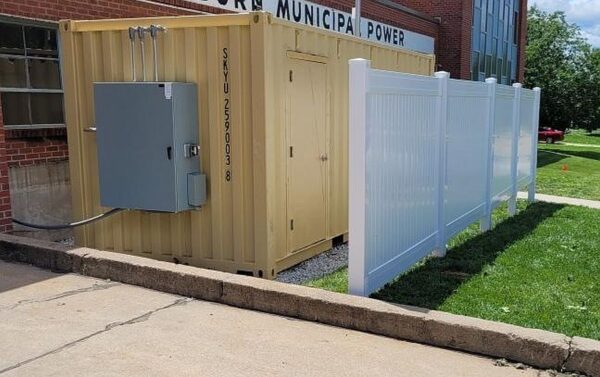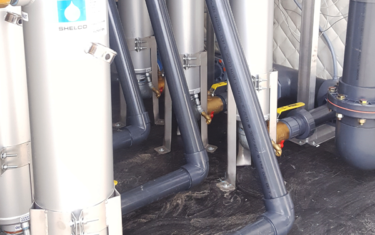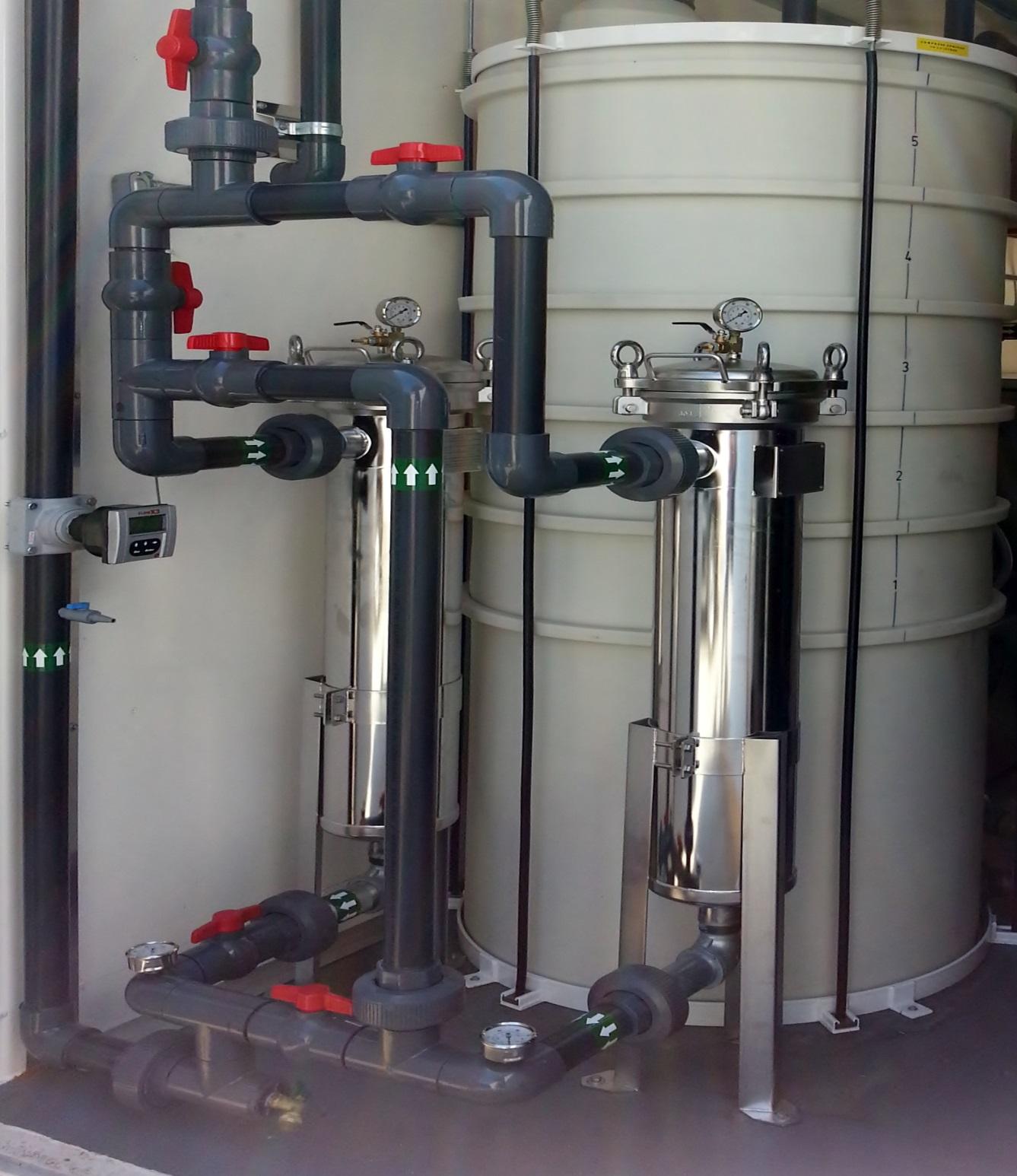Filtration
System for Ground Water Remediation at a Power Generation Plant
MAE2 was asked to provide a system based upon detailed written specifications for a Multi Phase Extraction and Groundwater Treatment system. The system is located at a power generation facility.
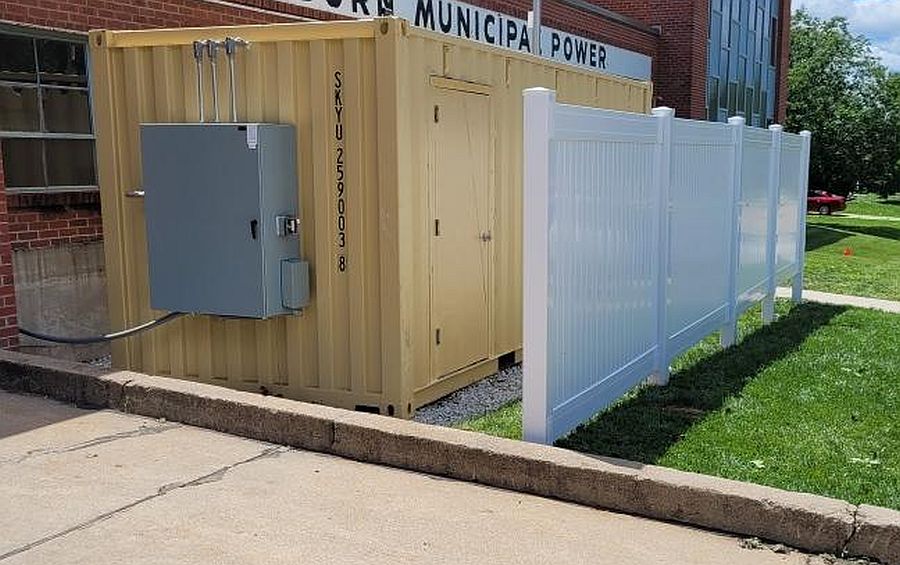
 The detailed specification required that the system be constructed to meet explosion proof NEC Class 1 Division 1 standards. The entire system had to be inspected approved and labeled by MET Labs. The system uses a Busch high vacuum rotary claw pump to extract impacted groundwater and vapors.
The detailed specification required that the system be constructed to meet explosion proof NEC Class 1 Division 1 standards. The entire system had to be inspected approved and labeled by MET Labs. The system uses a Busch high vacuum rotary claw pump to extract impacted groundwater and vapors.
The groundwater is collected in a marine grade aluminum vapor liquid separator and a progressive cavity pump moves the liquids to an oil water separator. Any free product is removed and then a centrifugal pump moves the liquid through liquid phase carbon to treat the dissolved phase gasoline. The system is assembled in an 8’ X 20’ once through land sea container that has been customized with framed interior walls, R13 insulation and a 3200W heater.
Finally, the system will provide run time hours, vacuum trends, and water flow totals recorded through the PLC control panel.
The cellular connection allows full system control and data through easy-to-use web browser access. The instant alarm notification and remote control allows the consultant to immediately respond to any changing site conditions and maximize system run time.

This remediation system uses the following components and subsystems
Rotary Claw Vacuum Pump
PLC Control panel
Bag Filter
Carbon Filtration
Oil Water Separator
Vapor Liquid Separator
Centrifugal Transfer Pump
Progressive Cavity Transfer Pump
Rural GA Convenience Store Remediation Site
MAE2 was selected to design and build a Multi Phase Extraction and Groundwater Treatment remediation system for a convenience store site in rural GA.
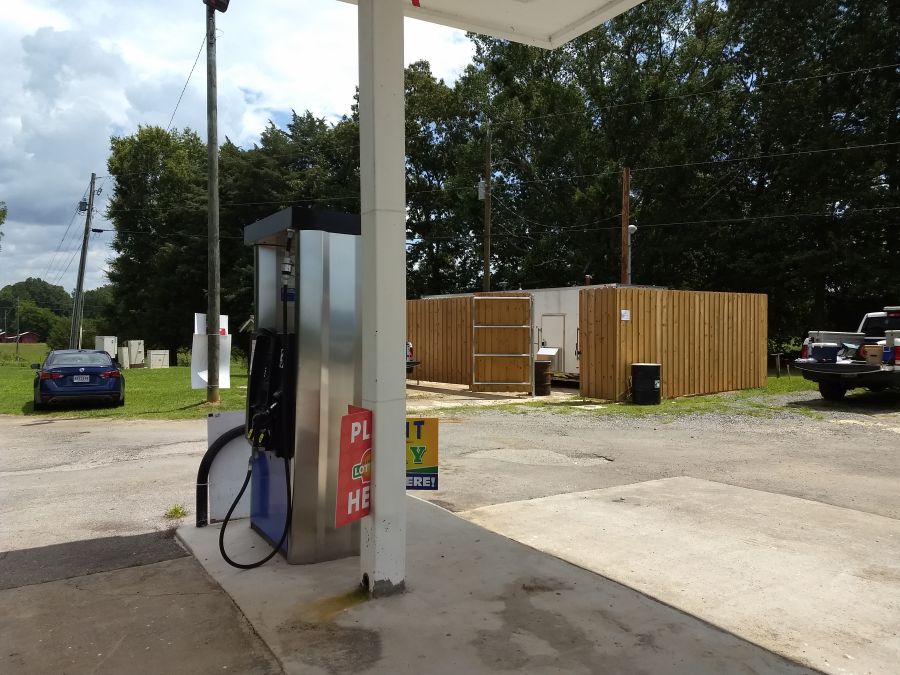
The consultant was tasked with removing free product which was part of a long narrow plume between the tanks and the gas pump island.
The consultant and MAE2 chose a high vacuum system that could treat extracted groundwater at 15-20 GPM and to remove large amounts of free product gasoline. MAE2 used this data to design a system that would extract and treat groundwater and free product from 6 vacuum wells located on site. The water needed to be treated to meet NPDES limits and was discharged into a roadside ditch.
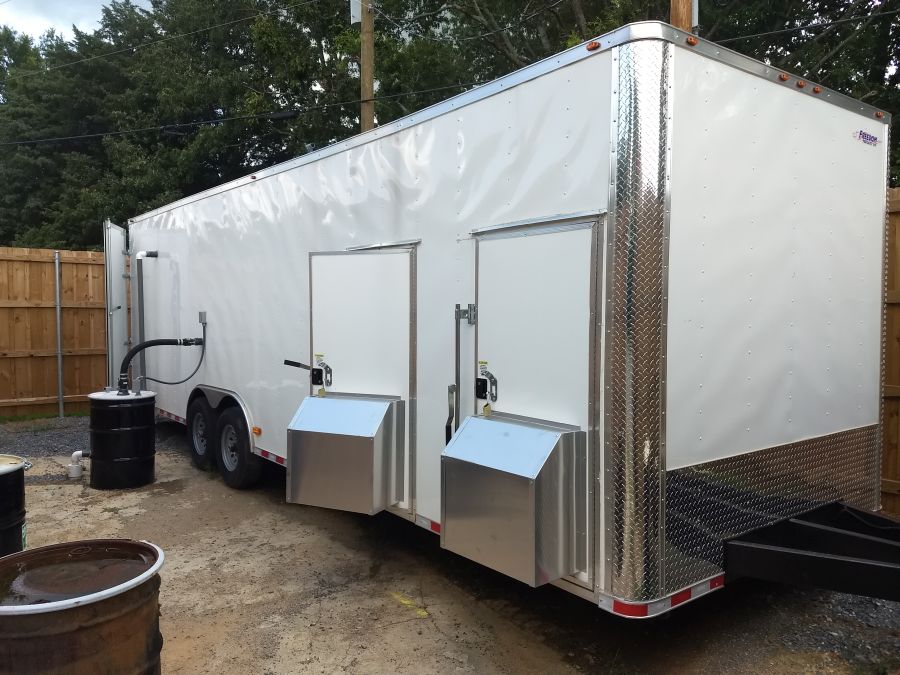
The system uses 2 high vacuum rotary claw pumps, providing over 500 ACFM flow at 25” HG vacuum, to extract impacted groundwater and vapors. The client prefers to use multiple pumps operating in parallel rather than a single large pump. This design provides more flexibility to save energy as site needs change over time, along with redundancy to reduce downtime. The system uses a 6 point custom inlet manifold and a marine grade aluminum 120 gallon Air Water Separator.
A progressive cavity transfer pump is used to pump the water to a 20 GPM Oil Water Separator to remove any free product gasoline. A 55 gallon drum with a high level alarm is used as a Product Storage Tank. Progressive Cavity pumps are selected because they do not create the chemical emulsification of the gasoline and water that other pumps cause. After the Oil Water Separator removes the free product a centrifugal transfer pump sends the water to a Poly Stackable Tray Air Stripper to remove dissolved phase gasoline. The water is pumped through bag filters, with valves allowing them to be used in parallel or series, to remove solids and particles from the water. Finally the water passes through two Steel High Pressure 250 LB Liquid Carbon Vessels before being discharged to a roadside ditch.
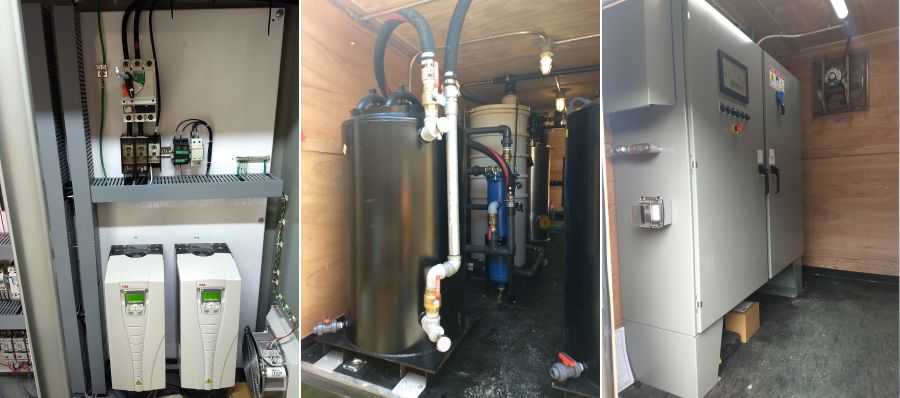
The custom integrated PLC control panel provides runtime hours, vacuum trends, temperature, carbon vessel pressure and water flow totals. The controls use two Variable Frequency Drives (VFD) to convert from 240, single phase power to 240, 3 phase power to operate the system motors.
VFD’s allow users to adjust motor speeds and reduce/save energy. The system uses a cellular data connection allowing full system control and data access through easy to use web browser access. The data allows easy access to system operational status and the data needed for writing reports as required by the regulators.
This Remediation System uses the following components and subsystems:
Sand/Media Filter
Media filters can be designed for a wide variety of solids. Typical media choices include Anthracite for course solids removal, Birm media for removal of Iron and Manganese, Filter-Lite/Sand for removal of suspended solids. These media can be installed in standard pressure vessels and designed with automatic backwashing features.
Click for downloadable PDF of MAE2 Filtration Media Datasheet
Multi-Bag/Cartridge Filter Vessels
Multi-bag/Cartridge vessels offer large surface areas capable of handling up to 4800 gpm in a single housing. Increasing surface area allows for longer processing time prior to filter change-out. Containing anywhere from 2 to 24 baskets in a single vessel which offers the greatest flexibility and doesn’t require a platform to be built in order to change-out or clean the filter elements or strainers.
Click for downloadable PDF of MAE2 Bag Filtration Datasheet
Filter Bag/Strainer Vessels
MAE2 provides a variety of standard design vessels to handle flow rates between 10-2,500 GPM and pressure rating ranging from 75-600 psi. All filter bag/strainers vessels are designed with a recessed basket and a 304 stainless steel strainer basket. Standard vessels are constructed from the highest quality carbon steel, 304 or 316 stainless steel and conform to ASME code standards.
Filtration
Filtration Vessels
MAE2 provides a variety of standard design vessels to handle flow rates between 10-2,500 GPM and pressure rating ranging from 75-600 psi. All filter bag/strainers vessels are designed with a recessed basket and a 304 stainless steel strainer basket. Standard vessels are constructed from the highest quality carbon steel, 304 or 316 stainless steel and conform to ASME code standards.
Filter Bag/Strainer Vessels
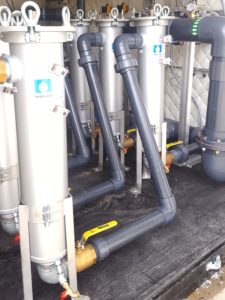
MAE2 provides a variety of standard design vessels to handle flow rates between 10-2,500 GPM and pressure rating ranging from 75-600 psi. All filter bag/strainers vessels are designed with a recessed basket and a 304 stainless steel strainer basket. Standard vessels are constructed from the highest quality carbon steel, 304 or 316 stainless steel and conform to ASME code standards.
Multi-Bag/Cartridge Filter Vessels
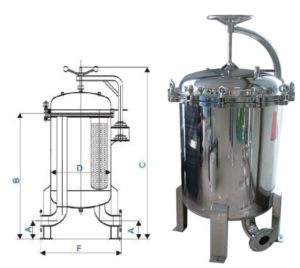
Multi-bag/Cartridge vessels offer large surface areas capable of handling up to 4800 gpm in a single housing. Increasing surface area allows for longer processing time prior to filter change-out. Containing anywhere from 2 to 24 baskets in a single vessel which offers the greatest flexibility and doesn’t require a platform to be built in order to change-out or clean the filter elements or strainers.
Click for downloadable PDF of MAE2 Bag Filtration Datasheet
Sand/Media Filter
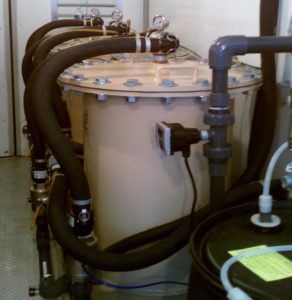
Media filters can be designed for a wide variety of solids. Typical media choices include Anthracite for course solids removal, Birm media for removal of Iron and Manganese, Filter-Lite/Sand for removal of suspended solids. These media can be installed in standard pressure vessels and designed with automatic backwashing features.
Click for downloadable PDF of MAE2 Filtration Media Datasheet

